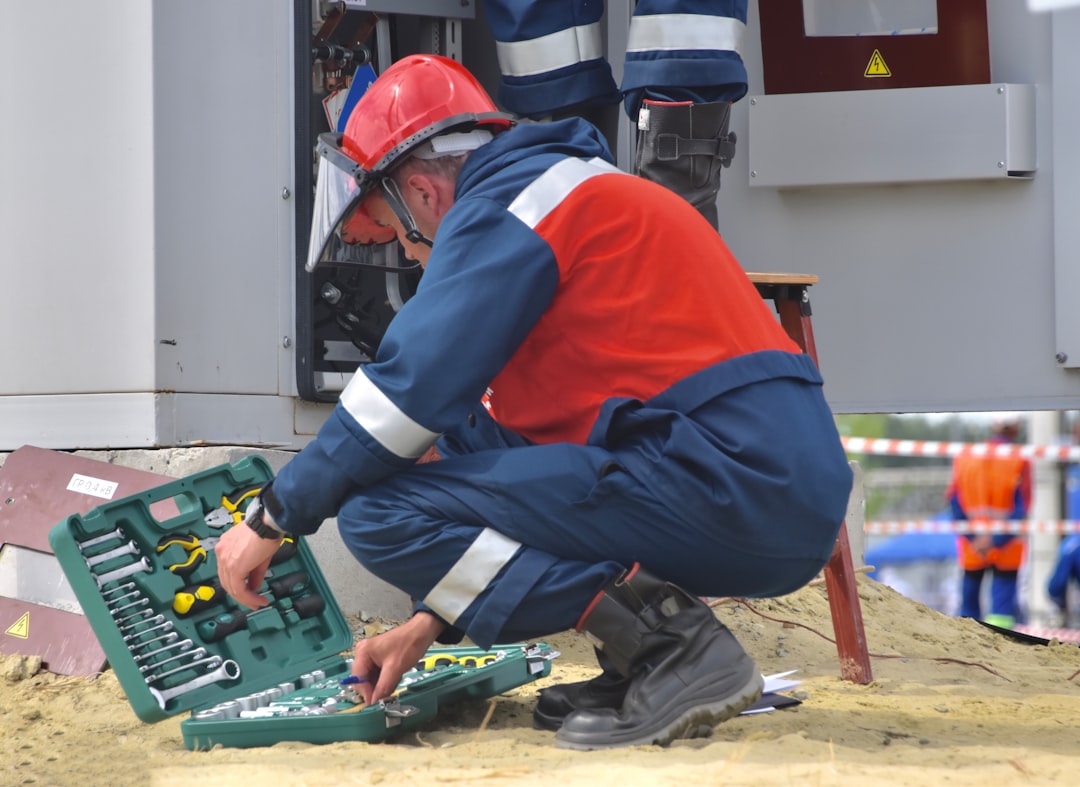
When it comes to enhancing the aesthetic value of your home, one of the most impactful decisions you can make is to hire a professional painting contractor. A fresh coat of paint can completely transform the look and feel of your living space, making it more inviting and personalized. However, with numerous contractors available, choosing the right one can be a daunting task. In this article, we’ll explore key factors to consider to ensure you make an informed choice.
First and foremost, it’s crucial to assess the contractor’s experience and reputation. Look for a contractor who has a solid track record and positive reviews from previous clients. Asking for referrals from friends or family can also be helpful. Furthermore, consider checking online platforms where customers leave feedback. A well-reviewed contractor not only demonstrates skill but also commitment to customer satisfaction, ensuring that your project is in capable hands.
Another essential factor to consider is the contractor’s licensing and insurance. A legitimate painting contractor should be licensed to operate in your area and hold liability insurance to protect you in case of accidents or damage during the project. This not only provides peace of mind but also ensures that the contractor adheres to industry standards and local regulations. Always ask for proof of these credentials before hiring a contractor.
Pricing is often a decisive factor when hiring a painting contractor. While it might be tempting to select the lowest bid, this approach could lead to subpar work. Instead, ask for detailed estimates from multiple contractors to understand the general pricing for your project. This should include the cost of materials and labor, as well as a timeline for the work. Remember, quality often comes with a price, so consider the value of experience and professionalism in your decision-making process.
In conclusion, hiring the right painting contractor is vital to achieving a successful outcome for your home’s painting project. By considering factors such as experience, reputation, licensing, insurance, and pricing, you can make an informed decision that will enhance your home for years to come. Investing the time to find a reliable contractor will not only result in stunning results but also a smoother, more enjoyable renovation experience.